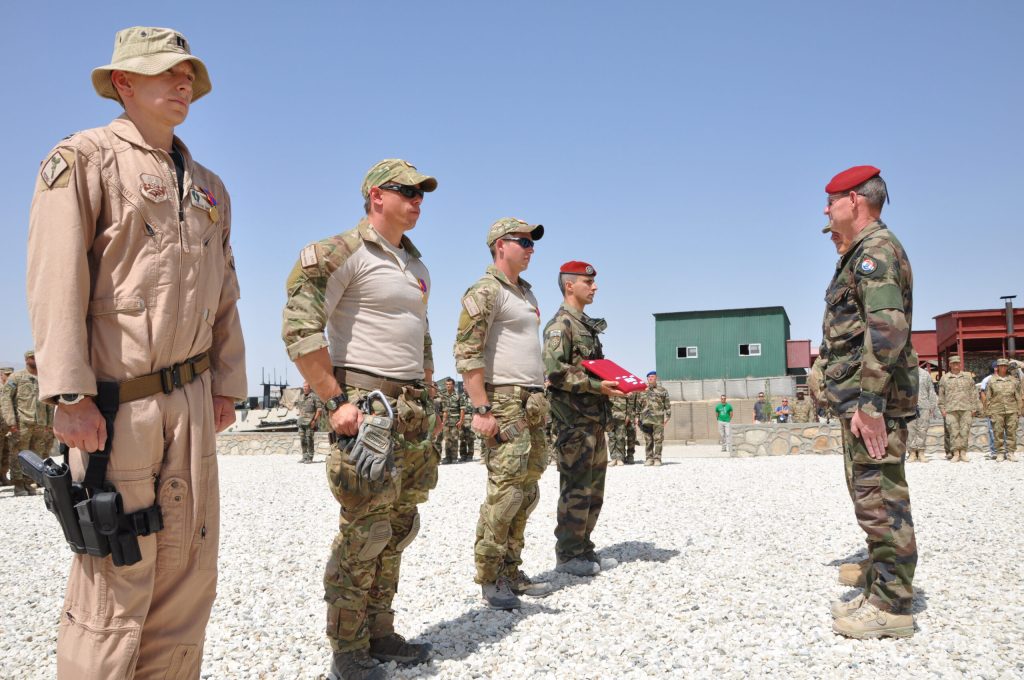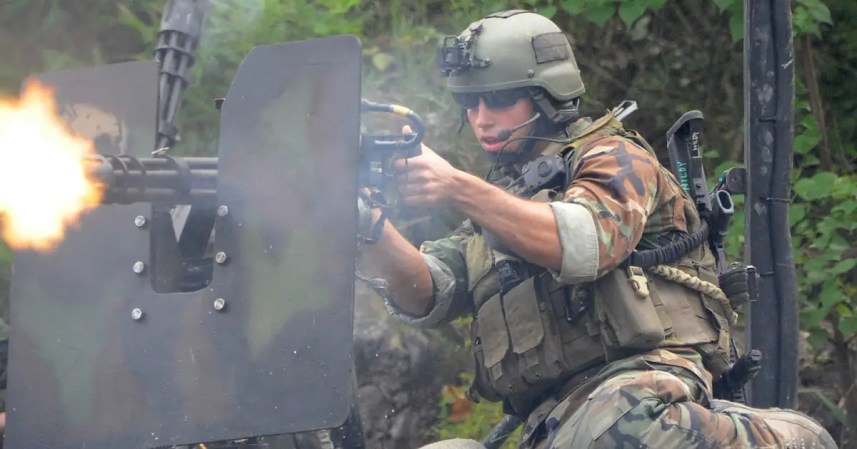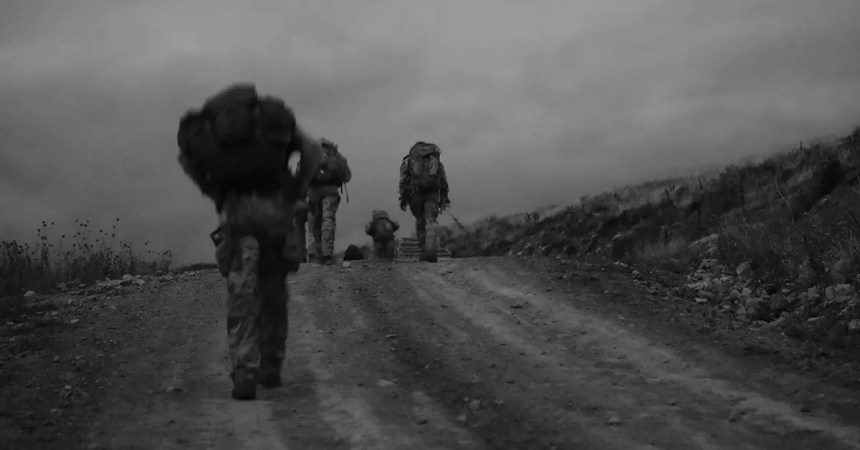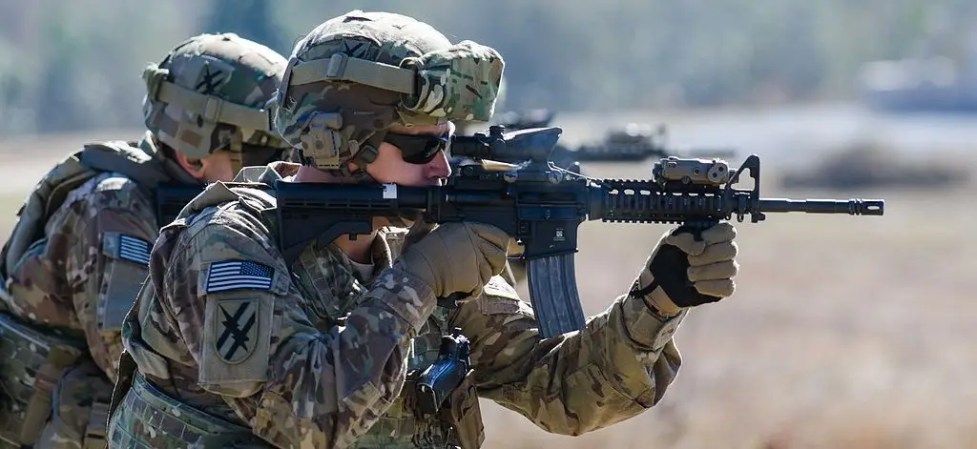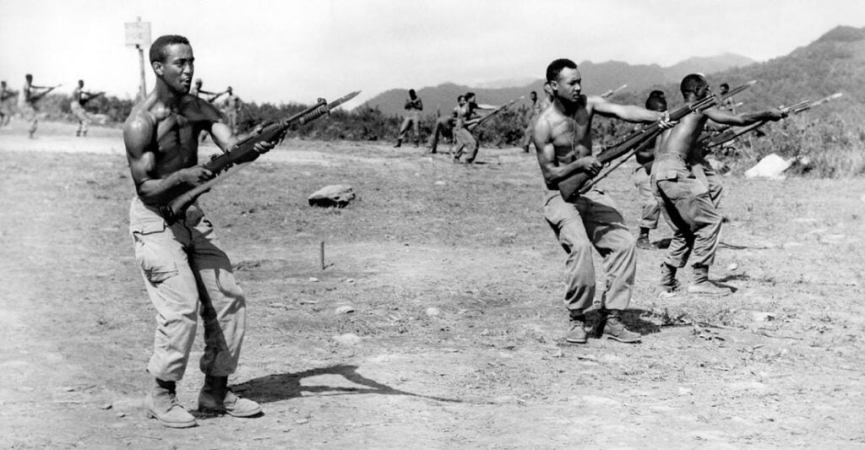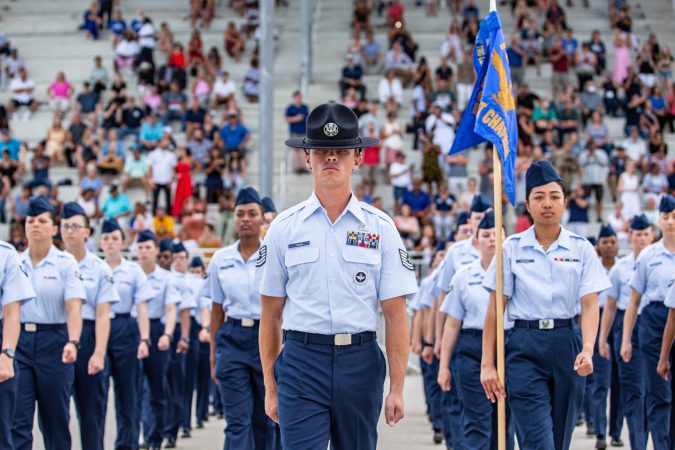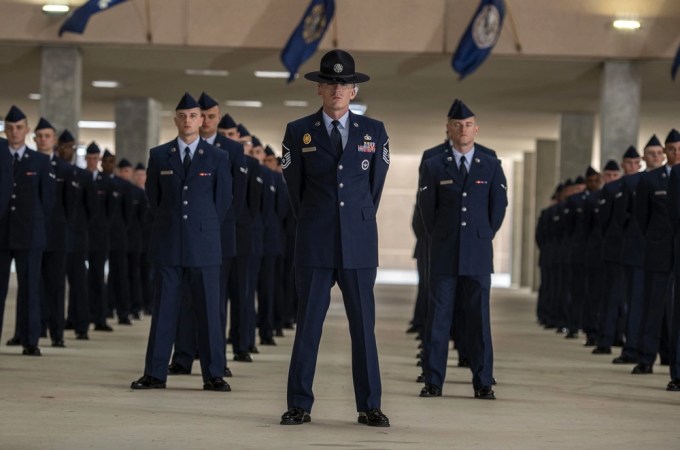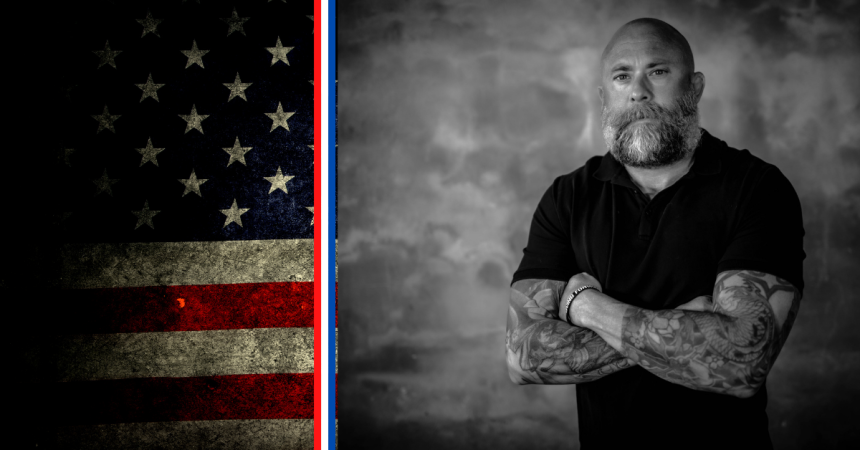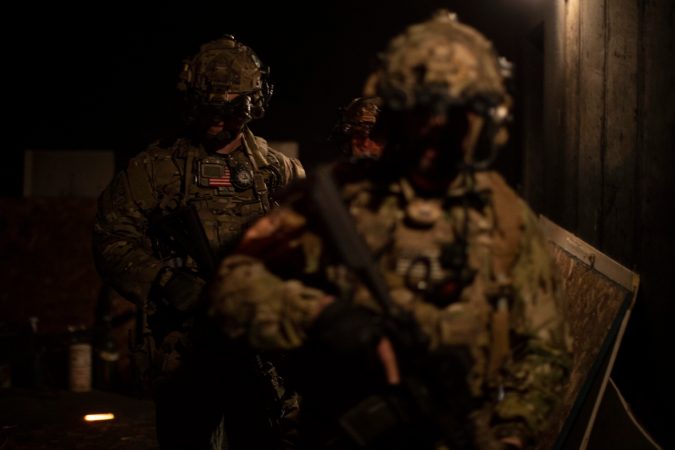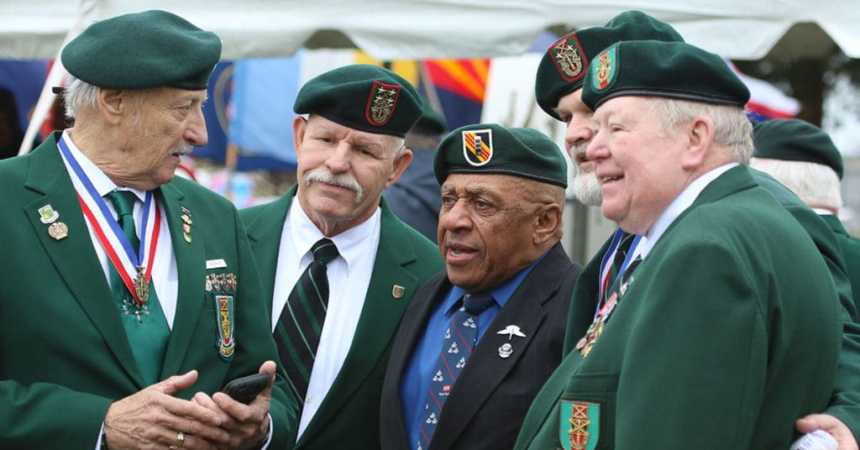The Air Force’s pararescue teams, or PJs, are some of the bravest and most skilled individuals in the world. These men and women perform the most challenging rescue missions, showing exceptional bravery, determination, and an unwavering commitment to saving lives, even in extreme and hazardous conditions.
The role of PJs is crucial in many different scenarios, including combat search and rescue (CSAR) operations, humanitarian aid missions and emergency medical assistance in remote and dangerous environments.
They know how to operate in high-stress situations, making split-second decisions that can save others. Despite the inherent dangers, PJs are always ready to put their lives on the line in service to their country. Their courage and selflessness have earned them a reputation as real-life superheroes, inspiring admiration and gratitude from people around the world. They are truly remarkable.
What are PJ teams?
So, what exactly are these Air Force’s pararescue teams? Well, they’re part of the Special Operations community. Spec Ops is next level bad-ass. This community includes Army Special Forces, Navy SEALs and Marine RECON and Raiders.
PJs undergo rigorous physical and mental training to prepare for their dangerous missions, including parachute jumping, scuba diving and providing medical care in challenging environments.
One of their primary roles is to retrieve injured military personnel or civilians in a warzone, often going behind enemy lines to do so. PJs can also provide emergency medical assistance in remote areas like mountains, deserts, and oceans.
These highly trained and skilled PJs are always ready to respond to any emergency, no matter how challenging or dangerous the situation may be.

History of Air Force’s pararescue teams
The history of the Air Force’s PJs dates back to World War II.
During the war, the need for rescue operations grew as the military increasingly relied on airpower. After that, the first Airborne Rescue and Recovery Squadron formed. Since then, PJs have been at the forefront of rescue operations.
In the Korean War, PJs retrieved downed pilots in hostile territory. They would parachute in, locate the pilots, provide medical care, and evacuate them to safety. These missions were challenging and dangerous, but PJs never hesitated to help.
During the Vietnam War, PJs performed some of the most difficult rescue missions in history. Like in the Korean conflict, PJs rescued down pilots. To do this, they often faced heavy enemy fire and other hazards. Their bravery saved hundreds of pilots during the conflict.
In the Gulf War, PJs played a critical role in rescuing aircrew members shot down during the conflict. They would parachute into hostile territory, provide medical care and evacuate them to safety in extreme conditions and often in the middle of the night. Since then, they’ve continued to be an essential part of the military’s efforts to save lives in challenging and dangerous situations.

Training and selection of Air Force’s pararescue teams
The selection process for PJs is highly competitive and consists of a series of physical and mental tests. Candidates must be able to demonstrate a high level of fitness, endurance, and mental toughness to pass the selection process. The process includes a physical fitness test, a swim test, a psychological evaluation and an interview with the selection board.
Firstly, they undergo a two-year training program. It’s as tough as SEAL and SF training, but that’s by design. During those two years, potential PJs figure out if they have what it takes to operate in any environment and complete any mission.
The program includes extensive medical training, combat tactics, and survival training, as well as rigorous physical training like parachute jumping, scuba diving, and various rescue techniques.
During the program, they’re constantly evaluated on their physical and mental abilities. They also have to demonstrate they can work effectively in a team. The rigorous training prepares PJs for the dangerous and demanding nature of their job, ensuring they can operate effectively in even the most challenging conditions. So, you can rest assured that these highly skilled and disciplined PJs are always ready to complete any mission!
Here’s how PJs keep their skills sharp, even after training.


